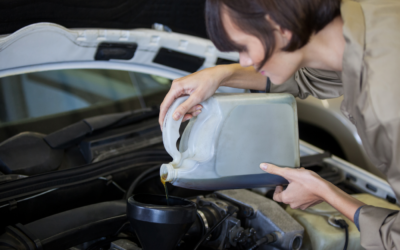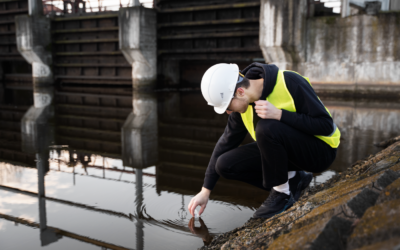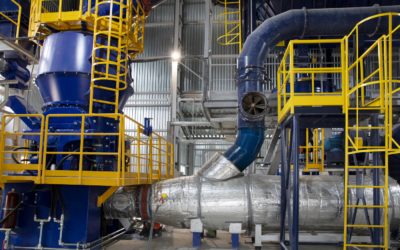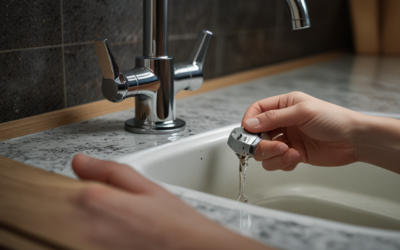The plumbing industry has continued to evolve over the years, with manufacturers and professionals now offering more advanced solutions for residential and commercial plumbing. To keep up with the pace of the industry, plumbing manufacturers international (PMI) recently released a report highlighting ‘upstream, downstream’ water solutions.
While most homeowners and business owners focus solely on plumbing fixtures such as faucets, showers, toilets, and pipes, PMI is urging industry players to pay more attention to the ‘upstream, downstream’ water solutions. This article will discuss some of the points highlighted in the report and how they can contribute to the plumbing industry in 2022 and beyond.
Upstream solutions
The upstream solutions highlighted in the report refer to measures that can be taken before water leaves water treatment plants. These solutions aim to lower the likelihood of contamination, which can lead to waterborne illnesses. Some of the upstream solutions include:

1. Piping material: In recent times, plumbing professionals have shifted from copper to chlorinated polyvinyl chloride (CPVC) piping. This shift is because CPVC has a higher resistance to bacteria and other microorganisms that can contaminate water.
2. Backflow prevention devices: These devices are designed to prevent contamination of potable water by siphoning back contaminated water.
3. Filtration systems: Filtration systems can be used to filter water before it leaves the water treatment plants. This can remove contaminants such as bacteria, viruses, and lead.
Downstream solutions
Downstream solutions, on the other hand, refer to solutions that can be taken at the point-of-use or after water has left the water treatment plants. These solutions focus on maintaining water quality and preventing wastage. Some of the downstream solutions include:
1. High-efficiency plumbing fixtures: Modern plumbing fixtures are designed to be more efficient with water usage. They can help reduce water usage by up to 50%, which translates to a lower water bill.
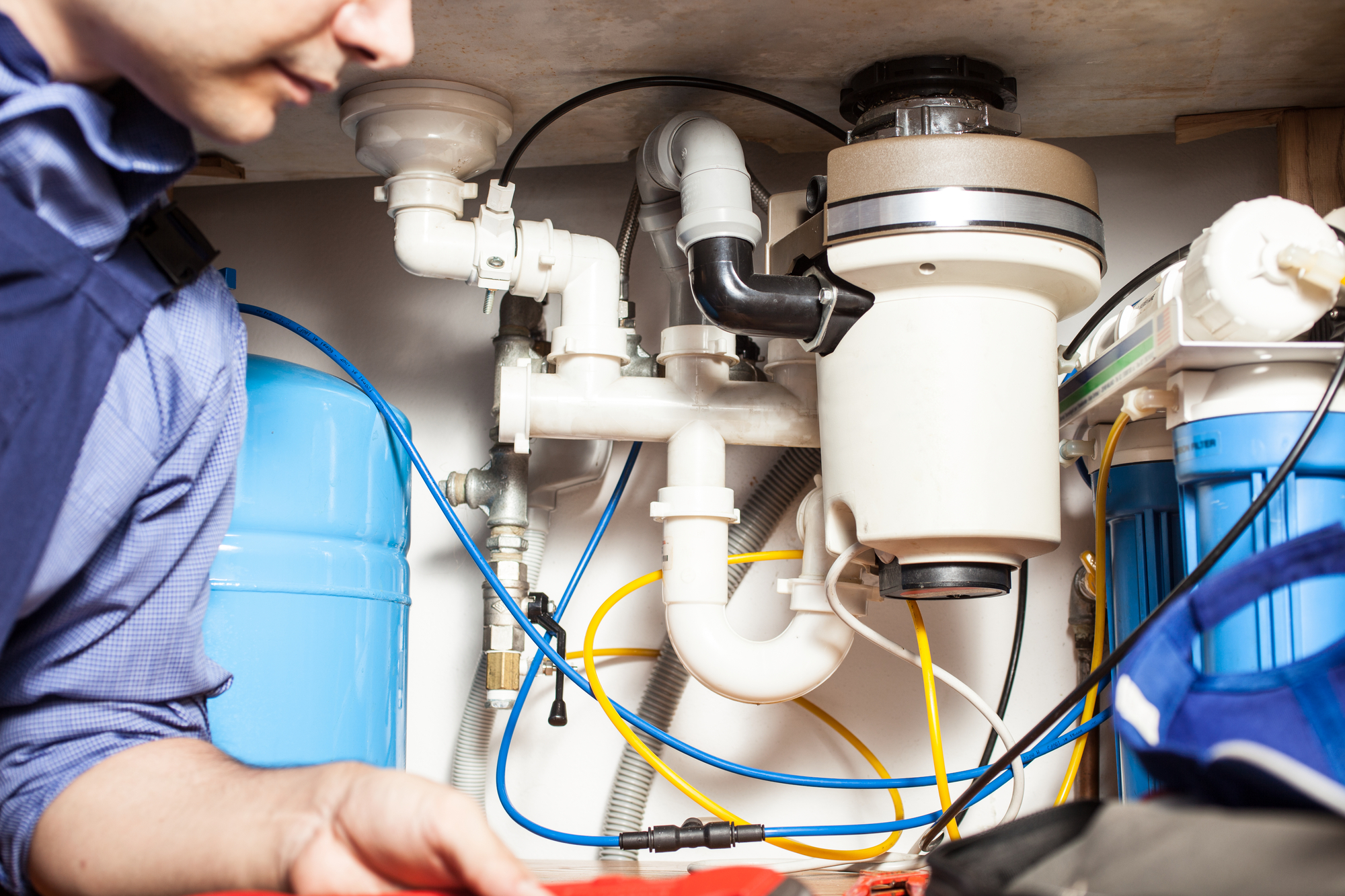
2. Hot water recirculation systems: These systems allow hot water to be available instantly, without waiting for the water to heat up. They reduce water wastage caused by letting the water run until it heats up.
3. Leak detection systems: Leak detection systems can help prevent water wastage by detecting leaks in plumbing before they become major problems.
The report highlights that by adopting a holistic approach to plumbing, where both upstream and downstream solutions are considered, it is possible to achieve significant improvements in water quality, reduced water wastage, and even lower costs.
Conclusion
In conclusion, the plumbing industry is evolving, with a greater focus on providing more efficient and effective plumbing solutions that address both upstream and downstream issues. By focusing on the highlighted solutions, the industry can create better and safer environments for homes and businesses through enhanced water quality, reduced water wastage, and ultimately, lower costs.
As a homeowner or business owner, it is essential to work with reputable plumbing professionals who are knowledgeable about the latest industry trends and developments. That way, you can be sure that your plumbing is not only efficient but also safe for your family, employees, and customers.
At Ace Plumbing Repair, we are committed to providing our clients with high-quality, comprehensive plumbing solutions that meet the latest industry standards. Whether you need upstream or downstream solutions, we have the expertise and tools to get the job done efficiently and promptly. For more information about our services, visit our website at aceplumbingrepair.com or call our friendly customer care team at (844) 711-1590.


